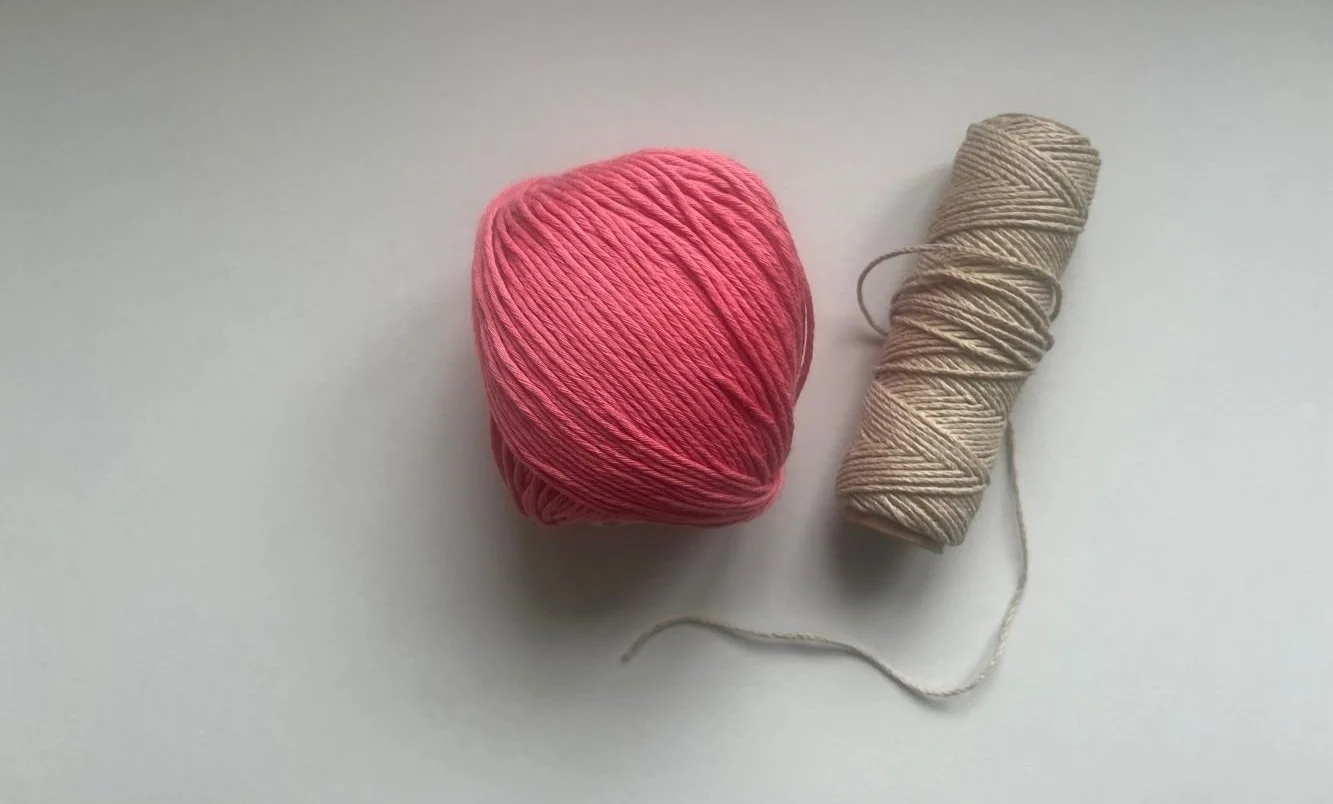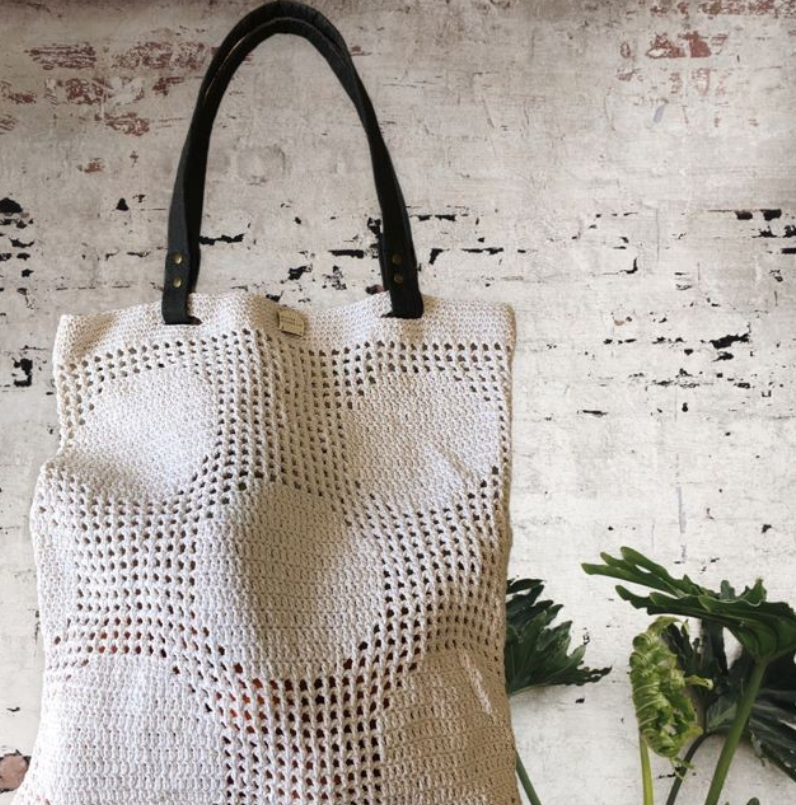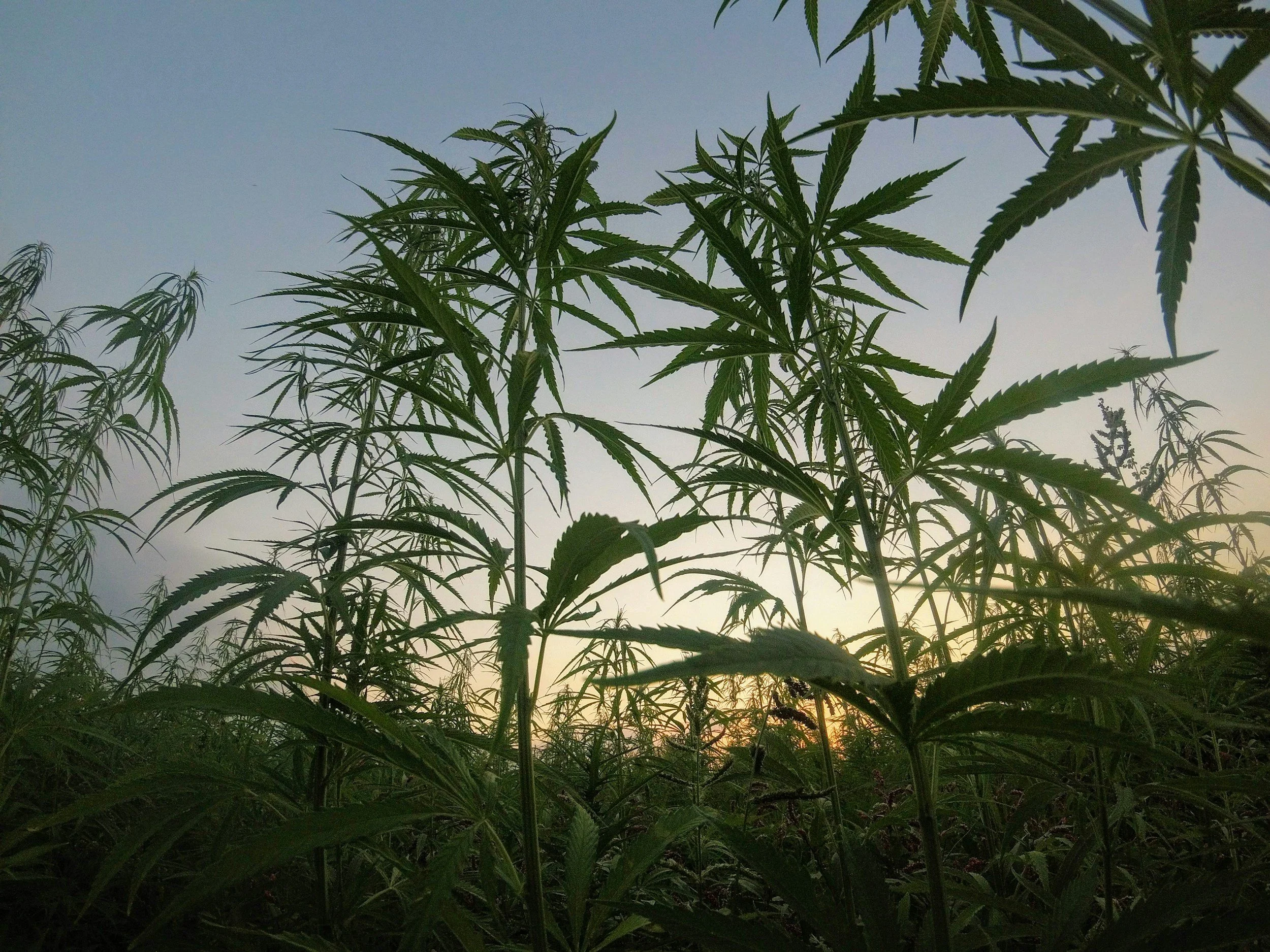Hemp Yarn vs. Cotton: Which One Is Better For the Planet?
You’re in the yarn aisle (or scrolling online), torn between hemp and cotton.
One promises strength and sustainability; the other, softness and tradition.
Which is better for the planet?
It’s not just yarn—it’s a decision tied to your values.
Maybe you’ve heard about cotton’s water thirst or hemp’s eco-friendly buzz, but the details feel murky.
You might wonder, Does it even matter?
It does.
Every stitch, every choice, leaves a mark.
Let’s break it down, from how these fibers are grown to how they feel in your hands.
By the end, you’ll know which one belongs in your eco-conscious stash.
Ready? Let’s dive in.
Organic Cotton and hemp.
What is Hemp Yarn?
Hemp yarn has been making waves in the crafting world, but what exactly is it?
Simply put, it’s made from the fibers of the Cannabis sativa plant. Yes, the same plant that’s been making headlines for other reasons—but here, it’s all about its fibers.
These fibers are strong, durable, and surprisingly soft when processed into yarn, making hemp an unexpected gem in the crafting world.
Production Process: How Hemp Yarn is Grown and Made
Hemp is thriving in a wide range of climates. It’s primarily grown in regions like China, Canada, India, and parts of Europe, with China leading global production. Hemp's adaptability means it can grow in nutrient-poor soils where other crops might struggle, making it a versatile choice for sustainable farming.
This plant is remarkably low-maintenance.
It requires significantly less water than thirsty crops like cotton and doesn’t need chemical pesticides or herbicides.
Its dense growth pattern naturally suppresses weeds, acting like nature’s version of mulch. Even better, hemp doesn’t just take from the soil—it gives back, enriching it with nutrients and promoting healthy ecosystems.
Once harvested, the transformation of hemp stalks into yarn begins.
The first step in processing hemp is retting, which breaks down the tough outer stalk to separate the inner fibers.
Traditionally, this involved soaking the stalks in water, which could be resource-intensive. However, newer methods like enzyme-based or mechanical retting reduce water usage and environmental impact.
After retting, the fibers are cleaned, combed, and spun into yarn, which can be blended with other fibers for softness or kept pure for added durability.
What can you use hemp yarn for?
Oh, the list is long.
Think market bags that hold your groceries without stretching out or losing their shape.
I made a market bag using hemp, and I love the sturdy finish it gives.
Unlike organic cotton, which can sometimes spin a little looser and cause the strands to split, hemp stays solid and reliable, making it perfect for bags that need to last.
It’s also great for plant hangers, summer garments or home décor pieces—think woven baskets, or unique wall hangings.
While pure hemp can be a little tough, many yarns blend it with softer fibers to strike the perfect balance between strength and comfort.
But I’m telling you, when it comes to bags, hemp where it’s at. You can get the one I used here.
Here’s something else to love: hemp yarn’s health benefits.
It’s naturally antibacterial, resistant to mould, and hypoallergenic.
So, if you’ve got sensitive skin or allergies, hemp is like a gentle hug. Plus, organic hemp yarn takes it a step further by cutting out synthetic chemicals entirely. It’s crafting that’s kind to your hands and your health.
Key takeaways:
Made from fibers of the Cannabis sativa plant, known for durability and breathability.
Thrives with minimal water and no need for chemical pesticides.
Ideal for market bags, plant hangers, summer garments, and rustic home décor.
Naturally antibacterial, mould-resistant, hypoallergenic, and free of synthetic chemicals in organic varieties.
What is Cotton Yarn?
Cotton yarn is the classic choice, loved by crafters everywhere.
It’s spun from the fibers of the Gossypium plant and comes in a huge array of textures and weights. Whether you’re making a delicate baby blanket or a sturdy dishcloth, there’s a cotton yarn for that.
But let’s not ignore the elephant in the room: cotton’s environmental impact.
This crop is thirsty—really thirsty.
Cotton requires vast amounts of water, especially in conventional farming, where it’s often irrigated with water from rivers or underground aquifers, leading to water depletion in many regions.
In fact, conventional cotton farming is one of the most water-intensive agricultural practices on the planet.
In addition to this, conventional cotton relies heavily on pesticides and synthetic fertilizers, which not only harm ecosystems but also contribute to soil degradation.
Cotton is primarily grown in countries with hot, dry climates.
The top cotton-producing countries include China, India, the United States, Pakistan, and Brazil. In these regions, water scarcity is an ongoing concern, and the demand for water for cotton farming exacerbates this issue.
Now, here’s the good news: organic cotton offers a more sustainable alternative.
By using natural pest control and relying on rain-fed irrigation, organic cotton farming drastically reduces its water footprint. Instead of using water-intensive irrigation methods, organic cotton farmers rely more on rainfall, reducing the strain on water sources.
Organic farming also supports soil health through crop rotation and composting, which replenishes nutrients without the need for synthetic fertilizers.
The result?
Less environmental degradation, a healthier ecosystem, and fewer chemicals leaching into the environment.
So while conventional cotton comes with a hefty environmental price tag, organic cotton offers a more sustainable and eco-friendly path forward.
And for the eco-conscious, there’s organic cotton.
I recently made an organic cotton table set (pattern coming soon, stay tuned! 😊), and I’m absolutely in love with how it turned out.
If you’re just starting out with organic cotton, I recommend trying this one. The fibers are smooth, and it’s easy to work with, even for beginners. Plus, it comes in a range of beautiful colours.
I find it works best when you’re making something that needs to be soft, but also durable enough for frequent use.
It’s perfect for crochet projects, like:
Baby items or lightweight accessories.
A cotton dishcloth? Practical and durable.
A summer tank top? Breezy and cool.
If you find that organic cotton yarn splits
If you find that organic cotton yarn splits while you're working with it, don't worry—it’s a common issue, especially with yarns that have a looser spin.
One simple solution is to use a taller stitch, like a half double crochet or double crochet. This gives the yarn more room to glide without splitting, and it helps create a smoother finish. You can also try using a slightly larger hook to reduce tension.
These small adjustments can make a big difference and help you get the most out of your organic cotton projects!
Key takeaways:
Spun from Gossypium plant fibers, offering soft, versatile textures for various projects.
Conventional farming is water-intensive and relies heavily on pesticides and fertilizers.
Great for baby items, dishcloths, summer wear, and accessories needing softness and absorbency.
Organic cotton reduces exposure to harmful chemicals, making it gentler on skin.
Environmental Impact Comparison
1. Farming and Harvesting
Cotton
Conventional cotton is the drama queen of crops, guzzling water and depleting soil nutrients. Farmers often have to rely on synthetic fertilizers to keep it going, and the result?
Eroded soil and a planet left worse off. Without pesticides, conventional cotton farming struggles to keep pests at bay, leading to even more environmental stress.
Hemp
The hemp plant grows fast—really fast. In just three to four months, it’s ready for harvest. It doesn’t drain water supplies or demand an army of pesticides.
And here’s the kicker: it actually enriches the soil, replenishing nutrients and setting the stage for future crops. That’s regenerative farming at its best.
2. Processing and Dyeing - The story doesn’t end at harvest. Processing matters, too.
Cotton
Cotton, on the other hand, often goes through many treatments. Conventional cotton yarn might be softened, bleached, or dyed using harsh chemicals that leave a mark on the planet—and sometimes on your skin. Organic cotton, thankfully, follows stricter guidelines, opting for gentler dyes and cleaner methods.
Hemp
Hemp’s natural fibers require less chemical treatment than cotton. Often, they’re hand-dyed, keeping the process low-impact. Organic hemp yarn takes things up a notch, cutting out synthetic dyes and chemicals entirely.
3. Organic vs. Conventional Varieties
Organic Cotton
Organic cotton, though, is a game-changer. By using natural pest control and rain-fed farming methods, it dramatically reduces its environmental footprint. It’s not perfect—it still requires significant water—but it’s a much better alternative than its conventional counterpart.
Organic Hemp
Here’s where things get interesting. Organic hemp is the gold standard. It avoids synthetic fertilizers and pesticides, making it a cleaner choice for both you and the planet. Conventional hemp might not have the same certification, but it still beats conventional cotton in terms of sustainability.
4. Longevity and Biodegradability
Cotton
Cotton yarn, while softer, doesn’t have the same stamina. Over time, especially in pure forms, it’s prone to wear and tear. And while both fibers are biodegradable, hemp’s longer lifespan means fewer replacements and less waste.
Hemp
Think of hemp yarn as the marathon runner of fibers. It’s strong, durable, and stands the test of time. A hemp market bag could last you years without losing shape.
More on the topic: Choosing Organic Yarn: Essential Tips
Health Benefits of Eco-Friendly Yarns
Let’s face it: crafting should feel good—in your heart and your hands.
That’s where organic hemp and cotton yarns shine.
By cutting out synthetic chemicals, these materials reduce your exposure to the nasties often found in conventional yarns.
Whether it’s pesticides, fertilizers, or harsh dyes, organic options steer clear, letting you breathe easier.
For crafters with allergies or sensitive skin, this is a game-changer.
Imagine crocheting a baby blanket without worrying about irritating chemicals.
Or wearing a handmade top that doesn’t itch or cause breakouts.
That’s the kind of crafting experience we all deserve.
More on the topic: Creating a Greener Tomorrow with Eco-Friendly Crochet Materials
Breathability is another big win.
Both hemp and cotton yarns are airy and comfortable, but hemp takes the lead in moisture-wicking and antibacterial properties. Think of it as nature’s way of keeping things fresh. It resists mold and odors, making it a smart choice for summer garments or anything that sees a bit of wear and tear.
So, whether you’re after softness or strength, comfort or durability, eco-friendly yarns let you create with peace of mind.
Which is More Environmentally Friendly?
It’s a tough call, but when you weigh all the factors, hemp yarn comes out on top. Its lower water usage, minimal pesticide reliance, and regenerative farming practices make it a powerhouse of sustainability. Add its durability and low-impact processing, and you’ve got a fiber that’s hard to beat.
That’s not to say organic cotton isn’t a strong contender. By addressing the flaws of conventional cotton, it offers a much greener alternative. It’s softer, gentler on the skin, and still widely accessible. But it can’t quite shake its water dependency.
So, where does that leave us?
If you’re looking for the ultimate eco-conscious choice, hemp yarn takes the crown. But if you prefer the softness of cotton, go for organic—your skin and the planet will thank you.
Key takeaways:
Hemp Yarn Wins: Lower water usage, minimal pesticides, regenerative farming, and durability.
Organic Cotton Comes Close: Softer, widely accessible, and reduces environmental impact compared to conventional cotton.
Both are far better than synthetic yarns for the planet and your health.
The Joy of Crafting with Eco-Friendly Materials
When you craft with eco-friendly yarns, each stitch feels a bit more intentional. And let’s not forget the pride that comes with creating something beautiful and sustainable. It’s like turning mindfulness into something tangible—something you can hold, wear, or gift.
Choosing eco-friendly yarns is more than a crafting decision. It’s a way to align your hobbies with your values. It’s about saying, “I care about the planet,” one crochet project at a time. So, whether it’s hemp or organic cotton, you’re not just making things. You’re making a difference.
Hemp plantation.
Crafting with Heart: Choosing Yarns That Truly Matter
It’s easy to feel stuck when it comes to choosing new materials, isn’t it?
Maybe you’ve been loyal to your trusty cotton yarn for years, or the thought of trying hemp feels like stepping into uncharted territory. You might even be wondering,
What if it doesn’t work for my project?
What if it feels different?
And that hesitation?
It’s completely normal. Change, even small ones, can feel like a leap.
But here’s the thing— crafting can be both beautiful and sustainable.
Hemp yarn offers strength and longevity; organic cotton offers softness and care. Both are a statement that says, I care about what I create, and I care about how it impacts the world.
Think about it: by swapping out synthetic materials for natural, eco-friendly options,
You’re reducing waste
Protecting your health
Crafting with purpose
So, take the leap.
Feel the joy of knowing your crochet hook isn’t just creating—it’s making a difference.
Happy crafting!






Discover effective ways to relax after work with our science-backed guide. From quick 5-minute decompression techniques to deeper relaxation practices, learn how to create boundaries between work and personal time. Our step-by-step approach helps you release physical tension, calm your mind, and develop a personalized evening routine that transforms stress into tranquility—no matter how busy your schedule.